Where is Valley's Edge?
The project site is between Stilson Canyon Road / Little Chico Creek all the way down to Honey Run Road / Butte Creek at the southern end of the project site.
Link to City of Chico Planning Documents relating to Valley's Edge
Valley’s Edge is a recently approved housing and commercial development in the foothills above Chico which poses to exacerbate critical issues such as climate change, wildfire hazard and biodiversity decline.
Valley’s Edge is a massive urban sprawl development which aims to build 2,777 homes on approximately 1450 acres.
Valley's Edge would cause irreversible habitat loss for numerous bird species.
Undeveloped habitat on site would be also be degraded from fragmentation, proximity to construction, and long term proximity to urban land uses.
See Habitat Factual Summary below
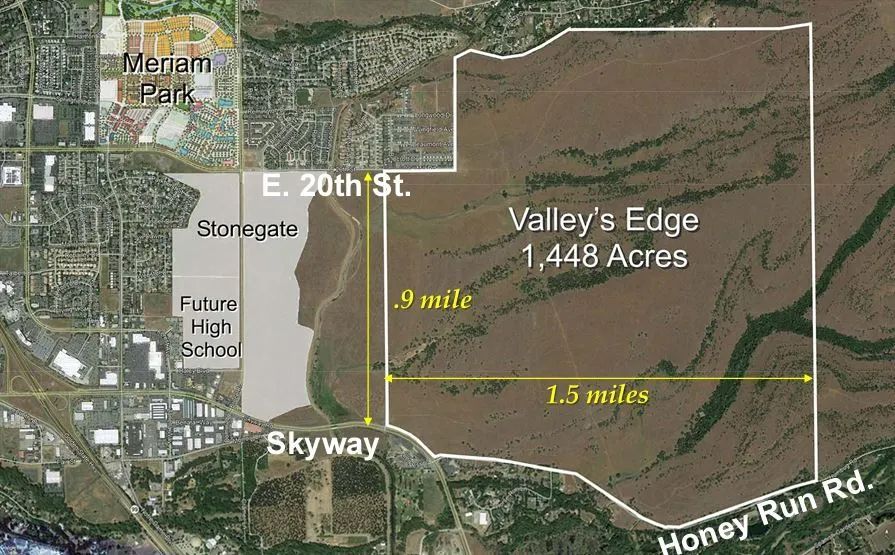
Where is Valley's Edge?
The project site is between Stilson Canyon Road / Little Chico Creek all the way down to Honey Run Road / Butte Creek at the southern end of the project site.
Link to City of Chico Planning Documents relating to Valley's Edge
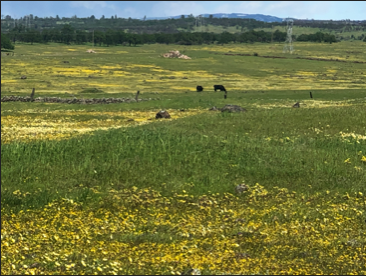
Grassland habitat makes up the largest vegetation community, amounting to 940 acres out of 1,451.24 acres, or about 65% of the Valley’s Edge land area.
Valley’s Edge would destroy 569 acres (60%) of grassland habitat on the site.
Altacal Audubon reports in Draft EIR Public Comment that grassland birds have declined by 53% since 1970 and 74% of grassland species are declining throughout North America.
Valley’s Edge mitigations focus on individual animals while overlooking habitat loss impacts.
Photo by Elizabeth Devereaux
Photo by Karen Laslo
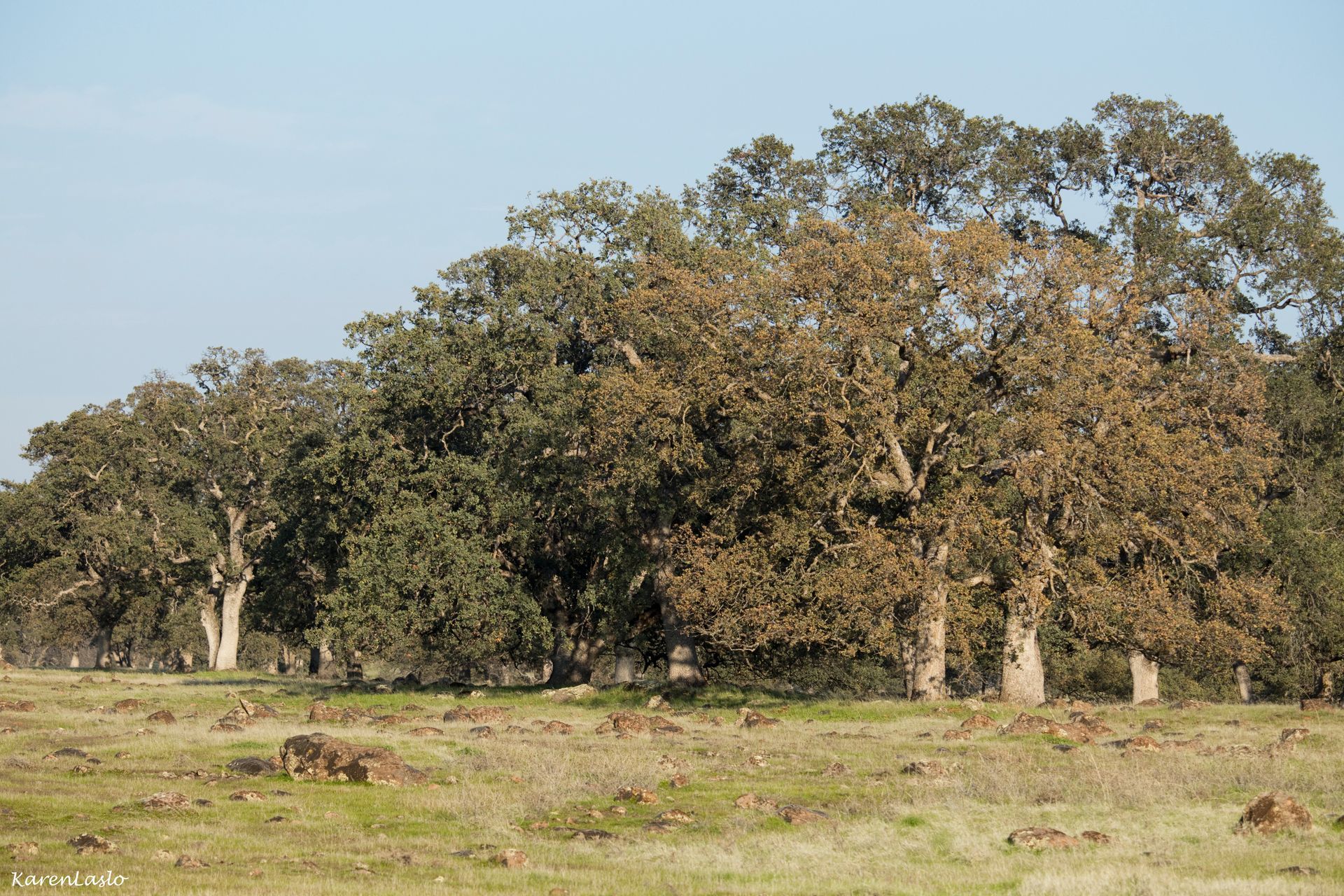
Blue Oak & Foothill Pine Woodland habitat makes up 486 acres out of 1,450 acres, or about 33% of the Valley’s Edge land area.
Valley’s Edge would destroy 200 acres (40%) of oak woodland habitat on the site.
The project site is in the current Wildland Urban Interface (WUI) and thus, large areas of defensible fuel profile zones are needed to protect Chico residents. Creating more defensible space in the foothills will decrease habitat quality for even more species of birds.
Photo By Karen Laslo
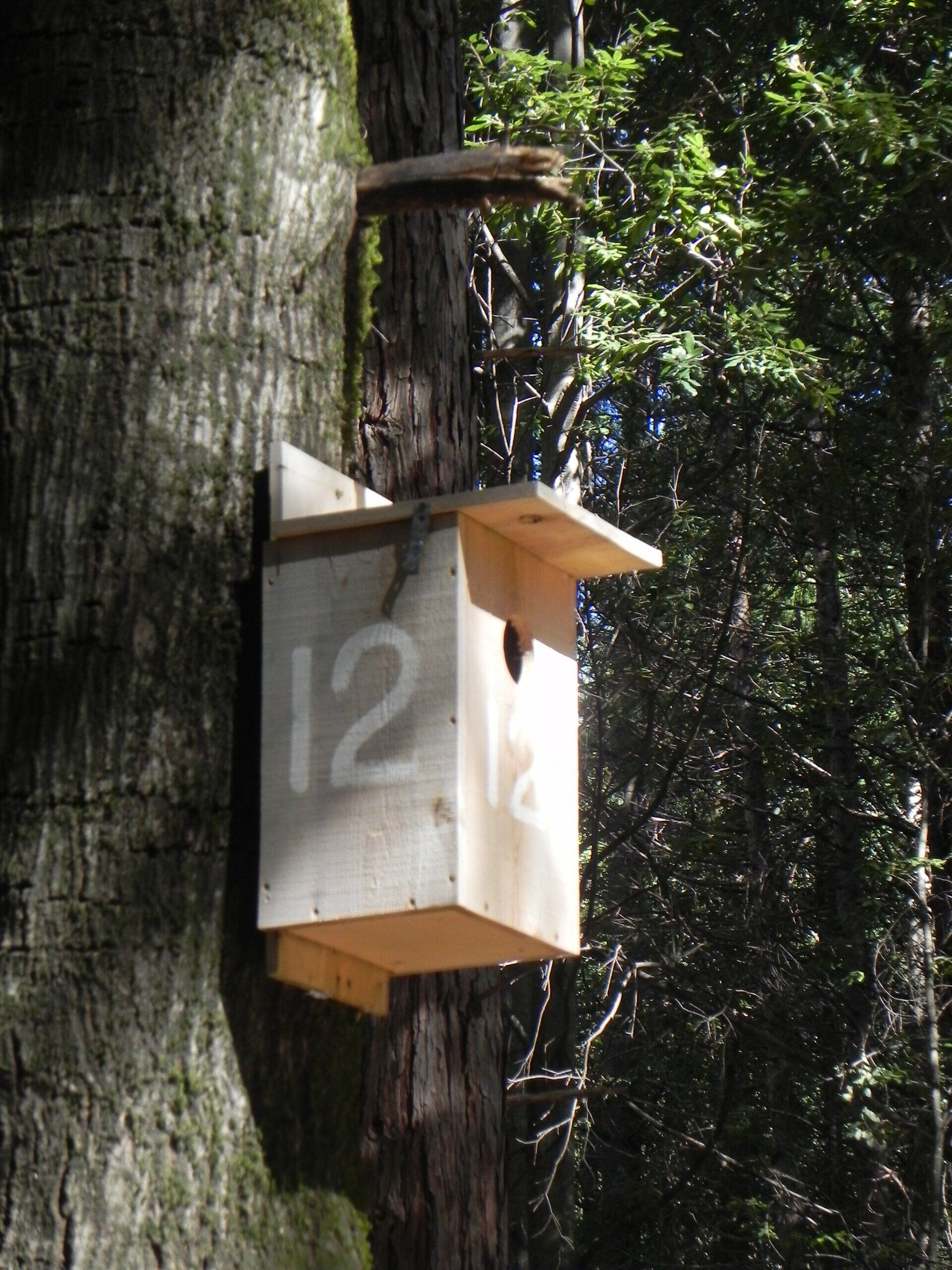
Owl Nest Box Installation & Monitoring
In 2016 Ken Sobon worked with volunteers to build 15 owl nest boxes and then installed 12 of them at Big Chico Creek Ecological Reserve in 2017, and five of them on the Feather River Ranger District (Plumas National Forest). While we have not observed any Northern Saw-whet Owls using the boxes yet, we have documented a Western Screech-owl nesting in the same box, raising 12 young over 4 years (2017-2020). Ash-throated Flycatchers have also nested in these boxes and a Humboldt’s Flying Squirrel was found using one for shelter.
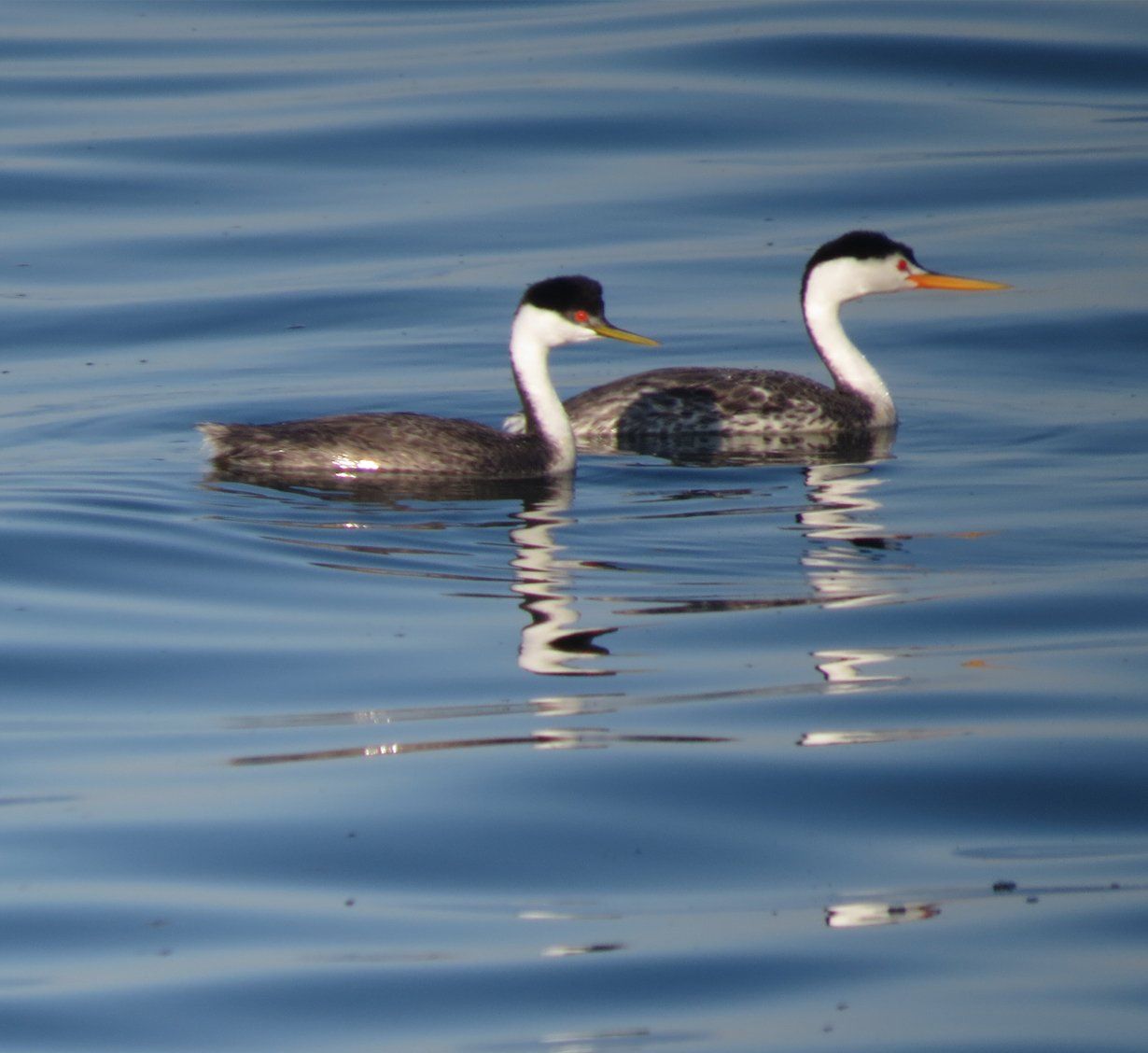
Western & Clark’s Grebe Monitoring & Education
Altacal received a grant administered by Audubon California and monetarily supported by the Luckenbach Council, the National Fish and Wildlife Foundation, and the National Oceanic and Atmospheric Administration to monitor the grebes on Thermalito Afterbay. Plumas Audubon Society worked under the same grant to monitor Lake Almanor, Eagle Lake, Lake Davis and Antelope Lake. Redbud Audubon Society monitored the grebes on Clear Lake. All three chapters monitored grebe production each year for ten years and also provided educational outreach for elementary schools and at festivals and other events. (link to 2020 final monitoring report pdf)

Altacal Audubon’s Snow Goose
Festival of the Pacific Flyway, January
27 – 31, 2021 Canceled
“Habitat loss and degradation are the biggest threats” to birds, according to the Cornell Lab of Ornithology. So in order to protect birds, we must protect and enhance their habitat.
Where is Valley's Edge?
The project site is between Stilson Canyon Road / Little Chico Creek all the way down to Honey Run Road / Butte Creek at the southern end of the project site.
Link to City of Chico Planning Documents relating to Valley's Edge
There is concern that the housing at Valley's Edge would fail to address local housing issues due to the fact that almost all of the housing will be for those above moderate income. In fact, according to the Developer Agreement, less than 1% of the land devoted to housing is required to be affordable.
Altacal Audubon Society Inc. is a tax-exempt 501(c)3 nonprofit organization dedicated to promoting the awareness, appreciation, and protection of native birds and their habitats, through education, research, and environmental activities.